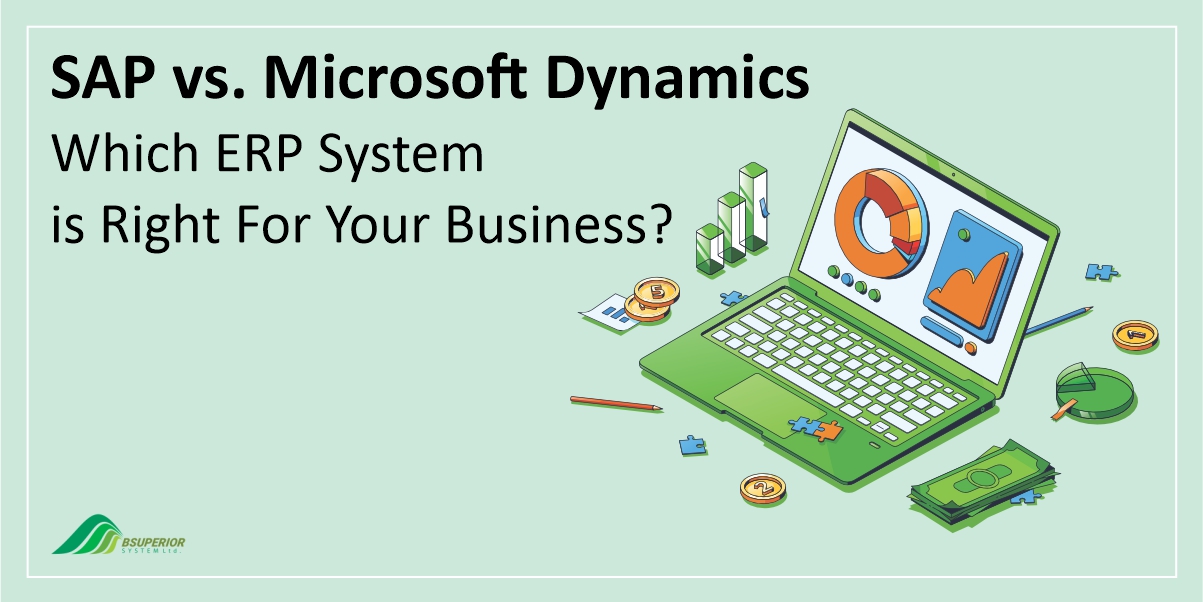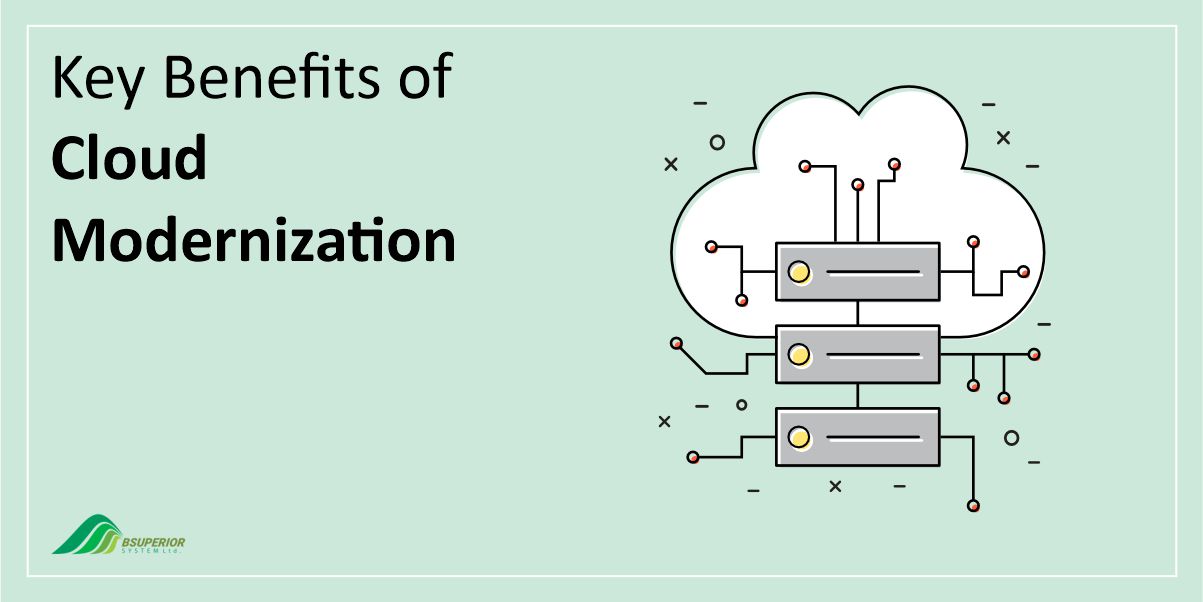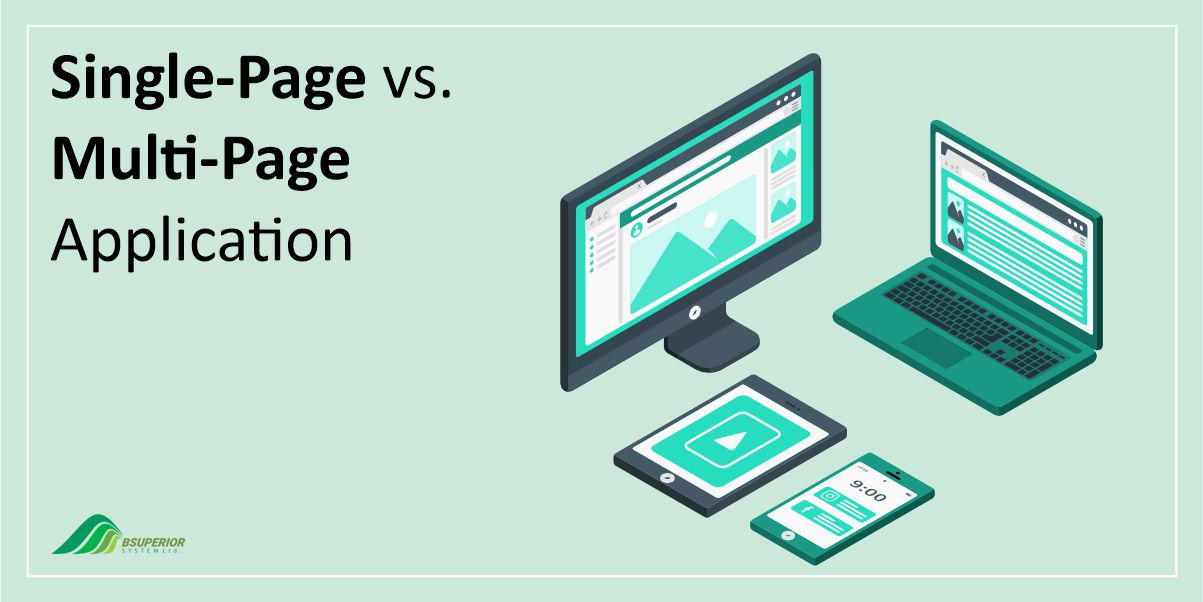SAP vs. Microsoft Dynamics: What are Differences?

Table Of Content
- SAP vs. Microsoft Dynamics: How Do They Compare?
- SAP vs. Microsoft Dynamics: Functionality
- SAP vs. Microsoft Dynamics: Ease of Use
- SAP vs. Microsoft Dynamics: Cost
- SAP vs. Microsoft Dynamics: Integration and Implementation
- SAP vs. Microsoft Dynamics: Customization
- SAP vs. Microsoft Dynamics: Customer Service
- Are There Any Alternatives to SAP and Microsoft Dynamics?
- Which One Should You Pick For Your Business?
- Final Words
SAP and Microsoft Dynamics are two of the most popular and widely used ERP systems in the market. Both systems offer a range of features and benefits for different types of businesses and industries.
In this blog post, we’re going to compare SAP vs. Microsoft Dynamics based on several key criteria.
SAP vs. Microsoft Dynamics: How Do They Compare?
When comparing SAP and Microsoft Dynamics, it’s essential to consider several factors that differentiate these two ERP solutions.
| SAP vs. Microsoft Dynamics | SAP | Microsoft Dynamics |
| Functionality | Offers a rich variety of features based on modules, customization, and users | Provides features for financial management, supply chain management, project management, and human resource management |
| Ease of Use | Has a more complicated interface, needs a lot of training to use | Has a simple and user-friendly interface |
| Cost | Has a complex pricing structure based on modules, customization, and features | Has a subscription-based model |
| Integration | Needs special integrators to connect with modern apps | Allows seamless integration of Microsoft application |
| Implementation | Takes longer to deploy, needs a lot of customization and configuration | Takes less time to deploy |
| Customization | Allows high level of customization, has a wide range of tools and resources | Allows high level of customization, has a large developer community |
SAP vs. Microsoft Dynamics: Functionality
One of the most important aspects of any ERP system is its functionality. To put it another way, you want a system that can handle all your business processes and requirements. Let’s see how SAP and Microsoft Dynamics compare on this criterion.
SAP
SAP is one of the oldest and most established ERP systems in the market with over 40 years of experience and expertise.
SAP offers a variety of products and solutions for different industries and business sizes, such as:
- SAP S/4HANA,
- SAP Business One,
- SAP Business ByDesign, and
- SAP Business All-in-One.
SAP is known for its robust and comprehensive functionality that covers all aspects of business management, including finance, manufacturing, logistics, sales, marketing, service, and analytics.
SAP also provides industry-specific solutions and best practices for various sectors like retail, healthcare, manufacturing, and public sector.Read More: Benefits of ERP in Healthcare [To 6 Benefits]
Microsoft Dynamics
Microsoft Dynamics is a newer and more modern ERP system with a strong focus on cloud-based and mobile solutions. Microsoft Dynamics offers two main products for ERP:
- Microsoft Dynamics 365: Microsoft Dynamics 365 is a cloud-based suite of applications that combines ERP and CRM functionality as well as other tools, such as Power BI, Power Apps, and Power Automate.
Microsoft Dynamics 365 is designed not only for small and medium-sized businesses but also for large enterprises that want to leverage the power of the cloud and Microsoft’s ecosystem. - Microsoft Dynamics AX: Microsoft Dynamics AX is an on-premise ERP solution that is tailored for large and complex organizations, particularly in the manufacturing, distribution, and retail sectors.
SAP vs. Microsoft Dynamics: Ease of Use
Ease of use is another factor that should be taken into account when comparing SAP with Microsoft Dynamics.
SAP
SAP is known for its complexity and difficulty of use. SAP’s user interface is often criticized for being outdated, cluttered, and unintuitive, requiring extensive training and customization to suit user preferences and needs.
SAP’s functionality is also standardized and rigid, making it hard to adapt to changing business environments and customer demands.
SAP users often complain about the lack of flexibility and innovation in the system as well as the high dependency on SAP consultants and developers for support and maintenance.
Microsoft Dynamics
Microsoft Dynamics, on the other hand, is praised for its flexibility and ease of use. It provides a user-friendly and browser-based interface that is consistent with other Microsoft products, such as Office 365, Outlook, and Teams.
In addition, Microsoft Dynamics allows users to customize and extend the system with low-code or no-code tools, such as Power Apps and Power Automate. It also allows integration with other Microsoft and third-party applications and services.
Moreover, Microsoft Dynamics offers advanced capabilities for inter-organization connectivity, collaboration, and intelligence that utilize Microsoft’s cloud platform and artificial intelligence technologies.
SAP vs. Microsoft Dynamics: Cost
Another crucial factor to consider when choosing an ERP system is its cost and pricing. You want a system that can fit your budget and provide a good return on investment.
SAP
SAP has a more complicated pricing system that depends on how many users, modules, and customization you need. This can make SAP costly for small businesses, and the implementation expenses can be high.
Microsoft Dynamics
On the other hand, Microsoft Dynamics has a subscription-based pricing model that lets you pay only for the modules you need. This makes it a more affordable option for small and medium-sized businesses that only require a few functionalities.
SAP vs. Microsoft Dynamics: Integration and Implementation
A fourth important factor to consider in our comparison of SAP vs. Microsoft Dynamics is their integration and implementation. An ideal choice in this regard is a system that can seamlessly integrate with your existing systems and processes.
SAP
SAP is known for its complex and lengthy integration and implementation process given that it requires a lot of planning, customization, testing, and training.
SAP’s integration capabilities are limited and often require additional tools and middleware, such as SAP PI, SAP PO, or SAP CPI, to connect with other SAP and non-SAP systems and applications.
SAP’s implementation process is also time-consuming and resource-intensive. It involves multiple phases, including project preparation, business blueprint, realization, final preparation, and go-live and support.
SAP’s implementation projects can take anywhere from six months to 15, depending on the size and scope of the project, as well as the level of customization and change management required. Moreover, SAP needs a lot of configuration and customization, which can take a lot of time.Read More: Best ERP Software For the Small Manufacturing Industry
However, SAP offers some tools and methodologies to facilitate and accelerate its integration and implementation process. These tools include SAP Activate, SAP Best Practices, and SAP Rapid Deployment Solutions.
Furthermore, SAP provides a network of certified partners and consultants to assist and guide customers throughout the process.
Microsoft Dynamics
Compared to SAP, Microsoft Dynamics has a more straightforward and fast integration and implementation process.
Microsoft Dynamics’ integration capabilities are extensive and easy. It uses the Microsoft ecosystem and cloud platform to connect with other Microsoft and non-Microsoft systems and applications, such as Office 365, Outlook, Teams, SharePoint, Power BI, Power Apps, Power Automate, Azure, and more.
Microsoft Dynamics’ implementation process is quick and smooth and it can be ready to use in a few weeks. The average deployment time for Microsoft Dynamics is 8 to 12 months.
SAP vs. Microsoft Dynamics: Customization
SAP and Microsoft Dynamics are both known for their customization capabilities.
SAP
SAP lets users tailor every detail of the system, and it provides many tools and resources for customization. However, this can be costly and time-consuming, and it requires a lot of technical skills.
Microsoft Dynamics
Microsoft Dynamics, on the other hand, offers a higher level of customization by enabling users to adjust the system to suit their specific business needs. Users can also get help from a large community of developers who specialize in customization.
SAP vs. Microsoft Dynamics: Customer Service
The final point that matters for a good implementation is how fast and clearly they communicate with the customer. They should have different ways to reach you and answer your questions. They should also provide good support services and help the customer learn how to use the software.
SAP
SAP has email support as well as online chat and phone call. But they don’t have training for the customer. The customer has to get training from an implementation partner or use the manuals that come with the software.
Microsoft Dynamics
Microsoft Dynamics has support available around the clock through online chat or phone call for any questions. They also have training for each module and live support.
Unlike SAP customer service, they don’t have email support. If the customer needs more training, they can ask their implementation partner.
Are There Any Alternatives to SAP and Microsoft Dynamics?
You may want to look for other alternatives if none of these systems can meet your needs. It is also possible that your organization cannot afford the extra costs of hiring experts to manage the system that these tools require.
A great alternative in this regard is the custom ERP solutions that we provide at BSUPERIOR. As a leading custom ERP software development company, BSUPERIOR specializes in creating tailor-made ERP systems for diverse industries.
Our ERP development services can help you transform your operations with modern technology. We offer a variety of modules that are designed to fit your specific needs. We know that every organization is different, and that’s why our ERP solutions give you the best customization.
We at BSUPERIOR provide you with a wide range of modules, including:
- Financial Management Module
- Human Resource Management (HRM) Module
- Supply Chain Management (SCM) Module
- Customer Relationship Management (CRM) Module
- Inventory Management Module
- Manufacturing Management Module
- Project Management Module
- Sales and Distribution Module
- Asset Management Module
- Quality Management Module
Which One Should You Pick For Your Business?
There is no definitive answer to which one is better for your business. Both SAP and Microsoft Dynamics help businesses improve their processes, efficiency, and decision-making. But they have their specific strengths and weaknesses.
SAP provides numerous features and is popular among bigger enterprises. It can help businesses with many aspects of their operations, such as finance, purchasing, sales and distribution, production planning, and more. However, SAP can be costly and hard to learn.
In contrast, Microsoft Dynamics is easy to use and works well with other Microsoft products. It also has modules that can help businesses with various functions, including finance, supply chain, sales and marketing, and human resources. It is user-friendly and affordable for small and medium-sized businesses, and relatively quick to implement.
Ultimately, the choice between SAP and Microsoft Dynamics will depend on your specific needs and budget.
You should evaluate both solutions based on your business goals, processes, and requirements, and compare their features, benefits, and drawbacks.
If you want to learn more about these two ERP systems or need help with the evaluation and implementation process, you can always consult with our team at BSUPERIOR. Our professional team has a lot of experience in developing customized ERP based on your business needs.
Final Words
Hopefully, after reading this blog post, you now have a better understanding of the strengths and weaknesses of each system and be able to make an informed decision for your business. Note that the best platform for your business will depend on your specific needs and budget.
We value your input and believe this content may enhance our services. However, it's under review. If you see room for improvement, please use the "Report an issue" button below. Your feedback helps us excel.
Contact us today at –– and speak with our specialist.




